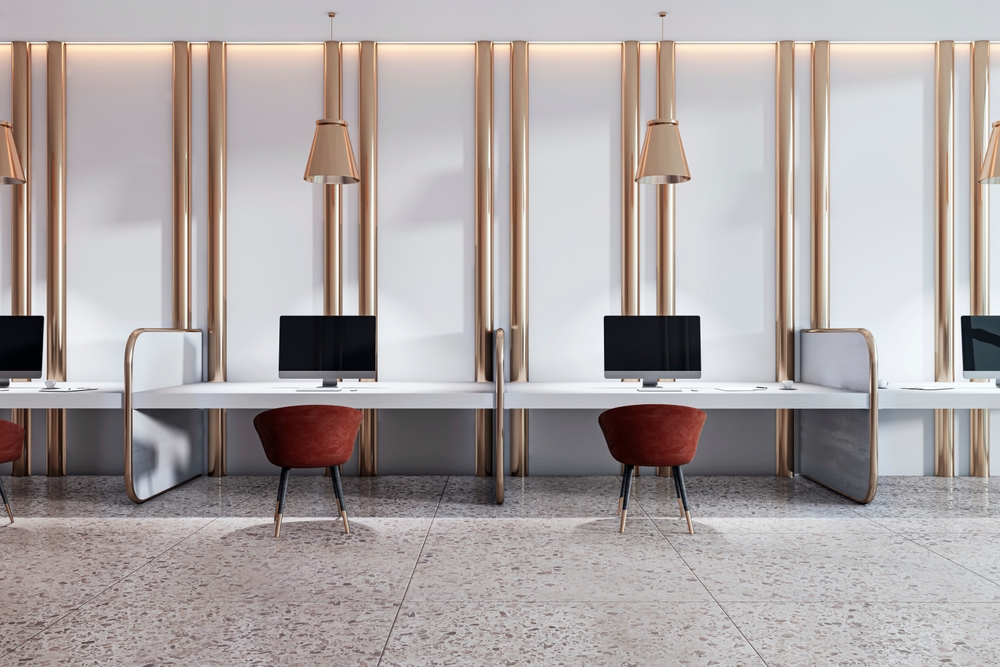How the Four-Day Workweek is Reshaping Workspaces
The traditional Monday-to-Friday, nine-to-five routine has been the backbone of modern work culture for over a century. But as companies experiment with the four-day workweek, they’re discovering that this shift is not just about adjusting hours, it’s reshaping how we design and use our workspaces.
From “Always On” to Intentional Presence
When employees work fewer days, their time in the office becomes more purposeful. The mindset shifts from “clocking in” to “making it count.” This has sparked a trend toward flexible, activity-based workspaces. Instead of rows of assigned desks, companies are creating zones for focused solo work, collaborative brainstorming and social connection.
The reduced office time also means employees are less likely to tolerate wasted hours in unproductive meetings. This pressure to streamline has encouraged workplace designs that support quick stand-ups, informal discussions and hybrid-friendly setups, ensuring every in-person interaction is meaningful.

A Leaner, Smarter Footprint
With fewer days on-site, many businesses are rethinking the sheer size of their office space. Downsizing—once driven by cost-cutting—now aligns with the reality of hybrid schedules. Hot-desking and shared resources are replacing the “one desk per person” model and companies are investing in better booking systems for meeting rooms and workstations.
In some cases, businesses are repurposing unused space into wellness areas, creative studios or training hubs. The four-day work week is proving to be a catalyst for making office environments more versatile and people-focused, rather than storage for cubicles.
Boosting Wellbeing Through Design
The extra day off isn’t just giving workers more time to recharge—it’s inspiring workplaces that prioritize wellbeing when people are in the office. Natural light, biophilic design (plants and nature-inspired materials) and quiet spaces are becoming staples.
Employers understand that the condensed week can be intense, so creating calm, ergonomic environments helps employees stay energized without burning out. This focus on mental and physical health is not just a perk—it’s a performance strategy.

Technology as the Glue
The four-day week has accelerated the adoption of tools that keep teams connected beyond physical walls. From project management software to virtual collaboration platforms, tech integration is enabling seamless communication between in-office and remote workers.
The physical workspace is now complemented by a digital one, designed to make sure that whether someone’s working from home on a Friday or in a conference room on Monday, the flow of information is uninterrupted.
A Cultural Shift, Not Just a Schedule Change
Perhaps the most profound impact of the four-day workweek is cultural. Workspaces are becoming symbols of trust and autonomy, not surveillance. When employees know they’re judged on output rather than hours spent at a desk, they engage with the office differently, choosing to be there for value-driven reasons rather than obligation.
The result? Offices are evolving into vibrant hubs of collaboration, creativity and culture-building, rather than the default place where “work happens.”
Conclusion
The four-day work week is more than a productivity experiment—it’s a catalyst for reimagining the workplace itself. As organizations continue to adapt, the most successful will be those that design spaces around human needs, not just business operations. In this new era, the office isn’t going away, it’s simply becoming a better place to be. For more information on how to better manage your coworking space, click below to find out more about Yardi Kube coworking software.
